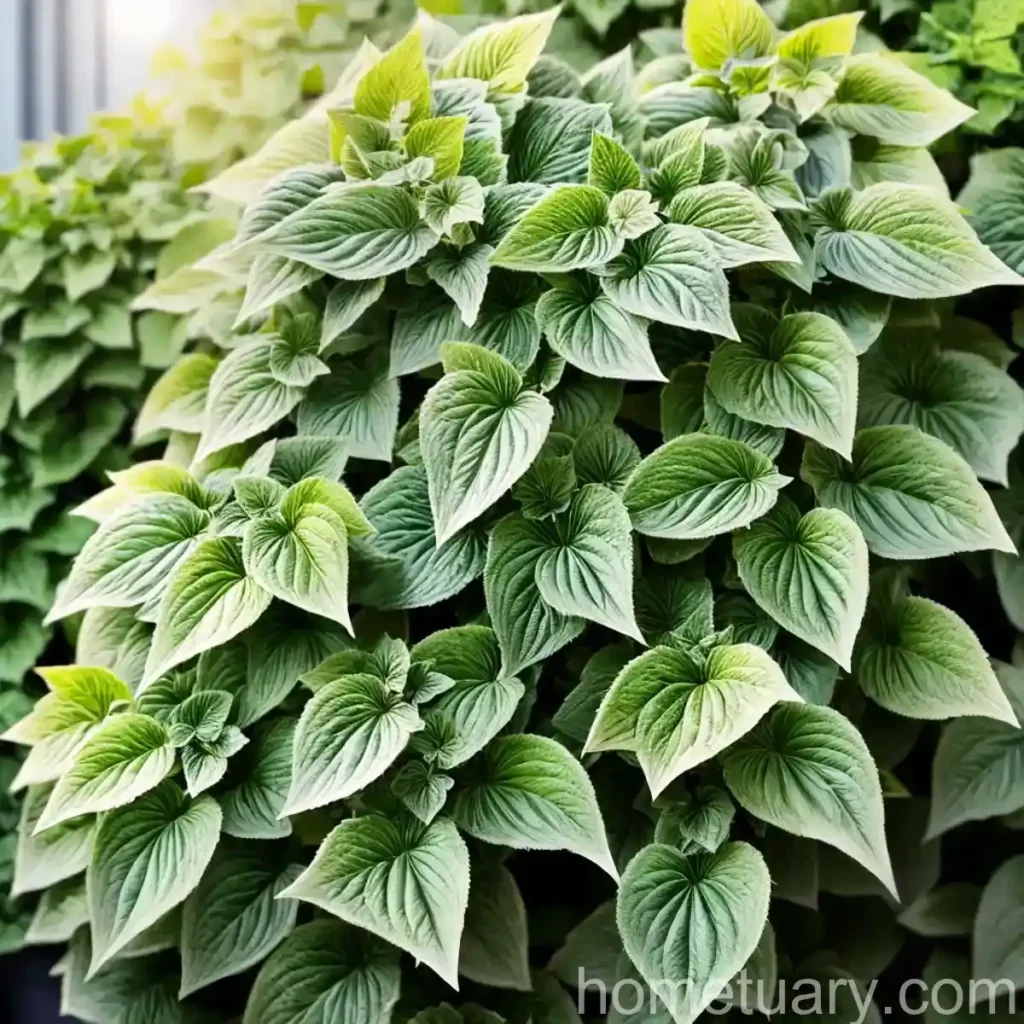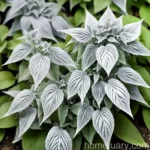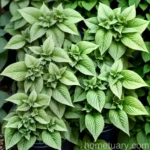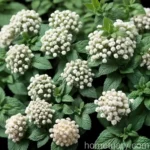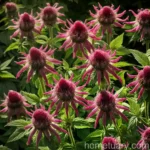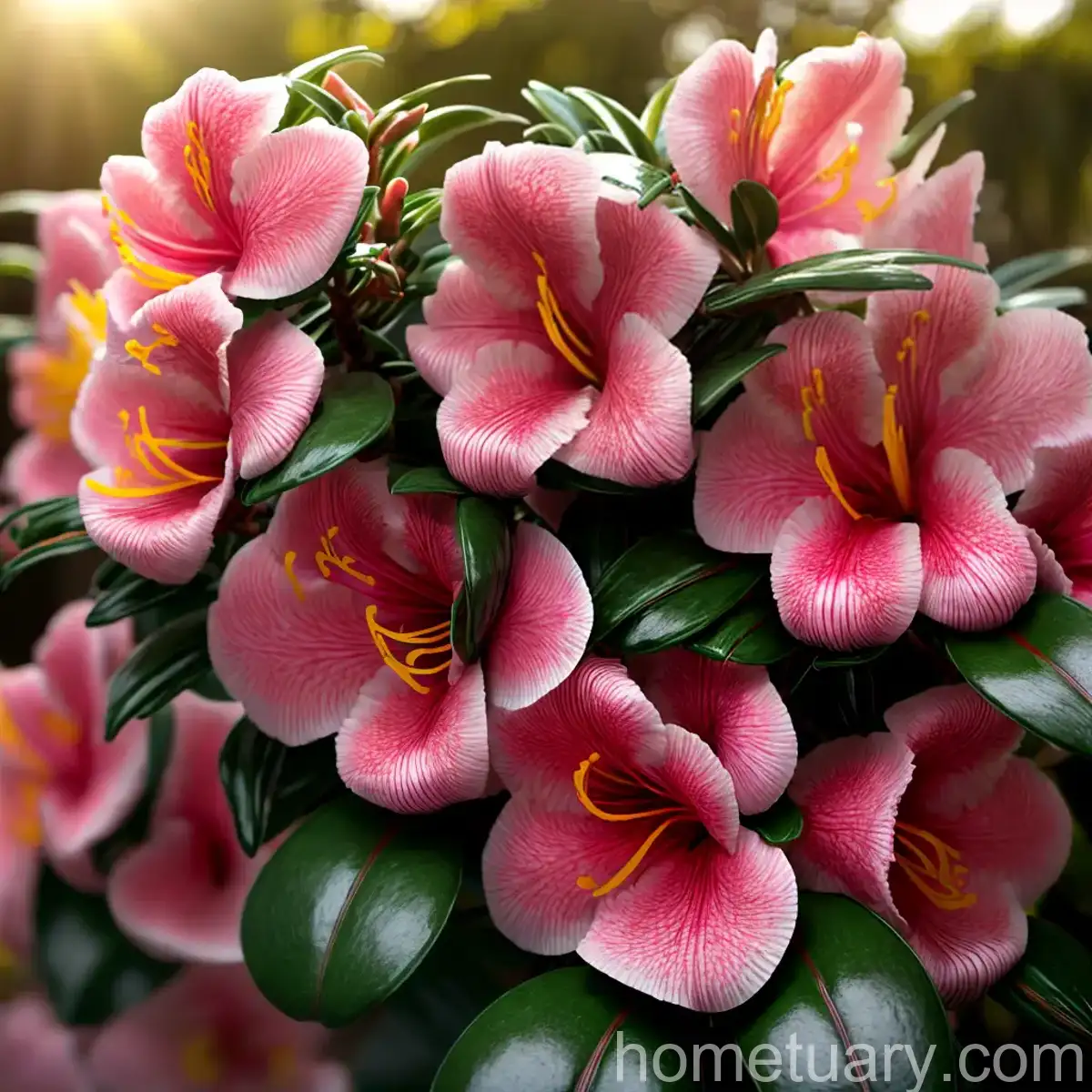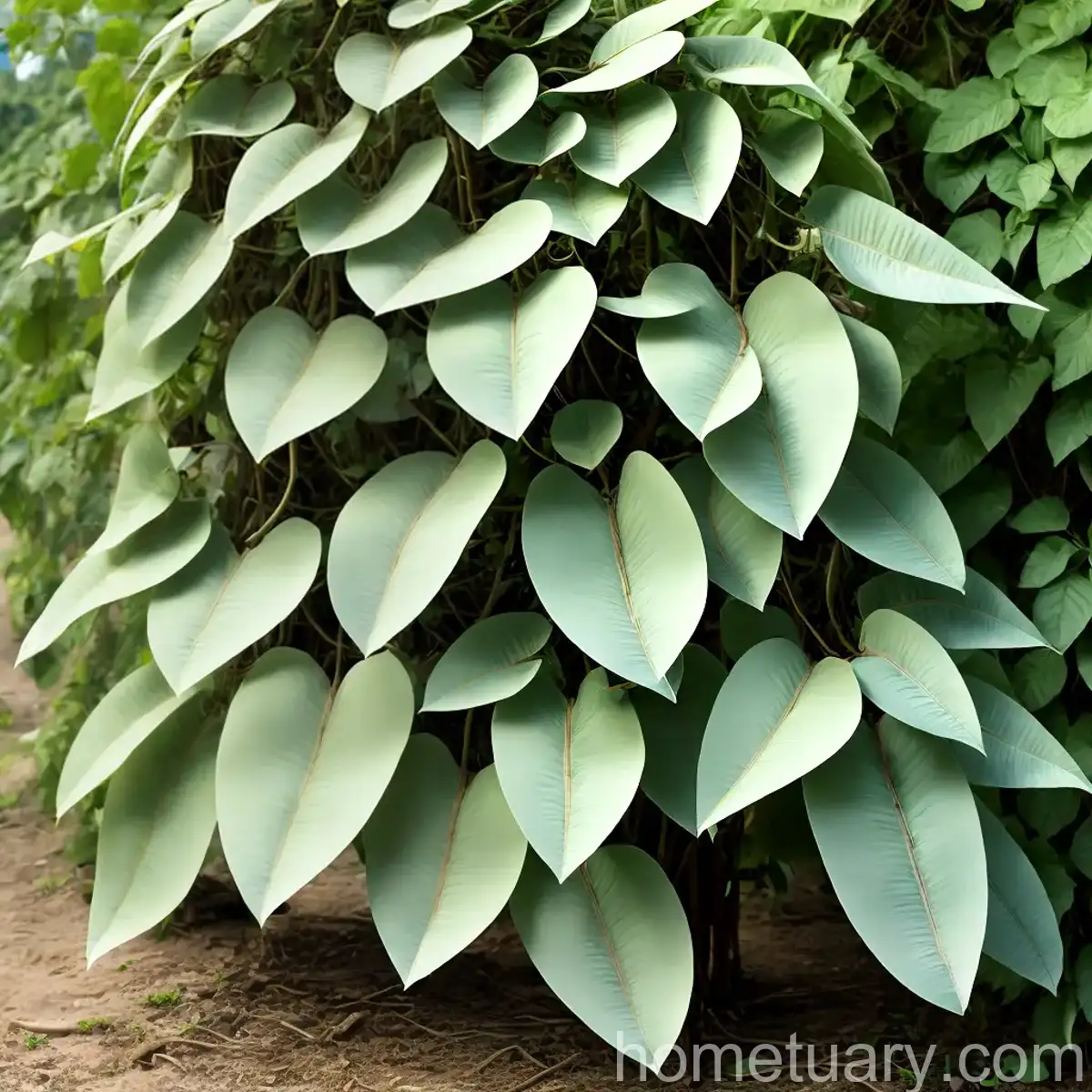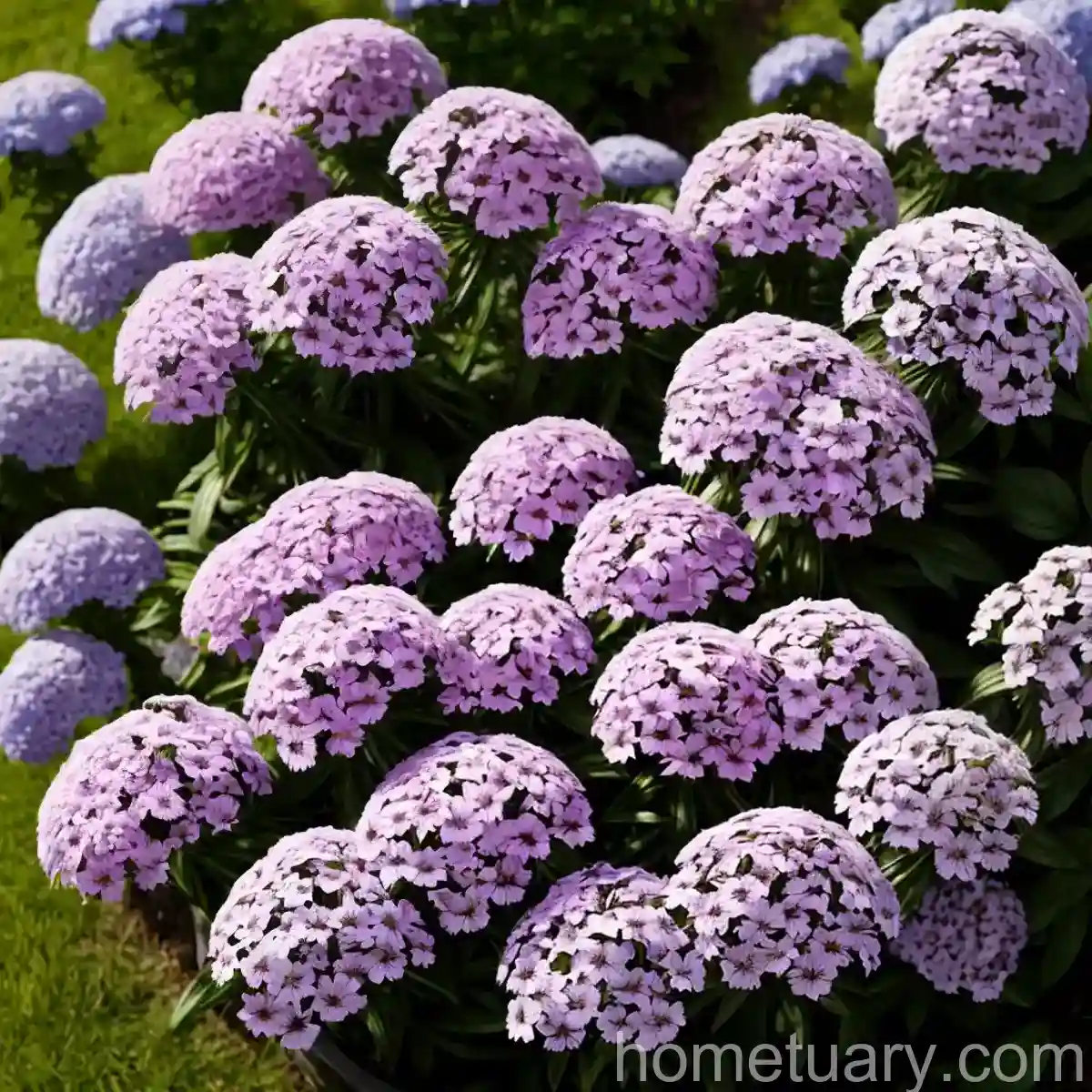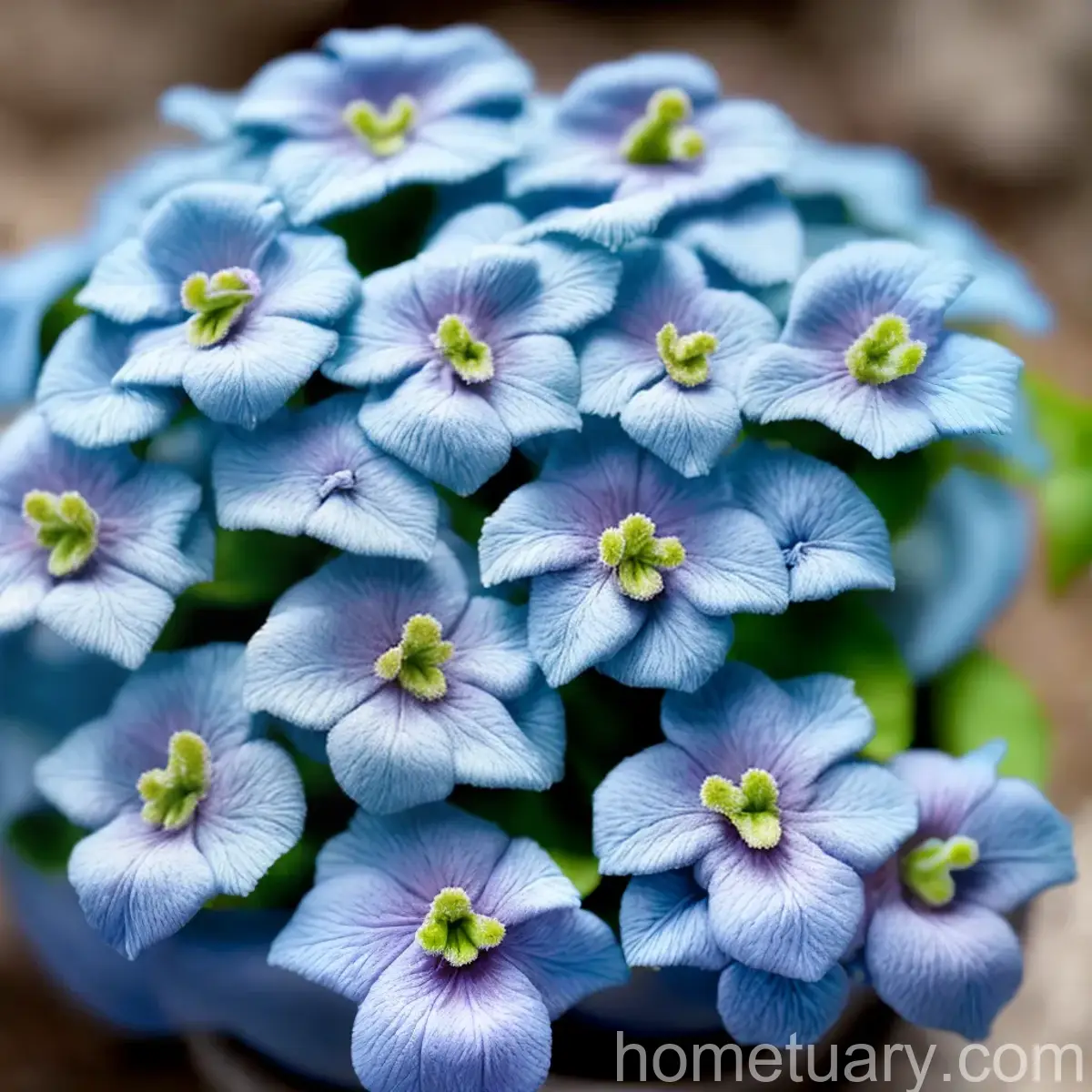Swedish Ivy (Plectranthus australis): A Comprehensive Guide to Plant Care
Introduction
Swedish Ivy (Plectranthus australis) is a charming and versatile plant that has gained popularity as an indoor decorative plant due to its attractive trailing foliage and low-maintenance care requirements. This guide aims to provide an in-depth understanding of Swedish Ivy, including its culture, uses, water and sunlight requirements, propagation techniques, and tips for care. Additionally, it will explore common diseases and pests, along with botanist’s tips and fun facts about this remarkable plant.
What Is Swedish Ivy (Plectranthus australis)?
Swedish Ivy, scientifically known as Plectranthus australis, is a species of flowering plant in the family Lamiaceae. Despite its common name, it is not native to Sweden but is instead native to southern Africa. The plant is characterized by its trailing growth habit, with glossy, rounded leaves that are often variegated in shades of green and white.
Key Takeaways – Swedish Ivy (Plectranthus australis)
Before delving deeper into the care and maintenance of Swedish Ivy, let’s take a quick look at the key takeaways that will be covered in this comprehensive guide:
- Culture
- Uses
- Water
- Sunlight
- Fertilizer
- Soil
- Pruning
- Propagation
- Container
- Popularity
- Common Diseases
- Disease Diagnosis
- Common Pests
- Botanist’s Tips
- Fun Facts
- Links to External Resources
Now, let’s dive into the detailed care and maintenance requirements of Swedish Ivy.
Culture
Swedish Ivy is a versatile plant that can thrive both indoors and outdoors, making it a popular choice for home decor and landscaping. Its adaptability to various conditions and easy propagation make it an ideal plant for both beginners and experienced gardeners. Moreover, its trailing habit and vibrant foliage add a touch of elegance to any space.
Uses
The uses of Swedish Ivy extend beyond mere decorative purposes. It is also known for its air-purifying properties, making it a valuable addition to indoor spaces. Additionally, the plant has been used in traditional medicine for its medicinal properties, and it is known to be a natural mosquito repellent.
Water
One of the key aspects of Swedish Ivy care is maintaining appropriate moisture levels. It is important to water the plant thoroughly when the top inch of the soil feels dry to the touch. However, it’s crucial to avoid overwatering, as excessive moisture can lead to root rot. It is advisable to allow excess water to drain from the pot to prevent waterlogging.
Sunlight
Swedish Ivy thrives in bright, indirect sunlight. It is essential to provide the plant with adequate light to ensure healthy growth and vibrant foliage. While it can tolerate lower light conditions, insufficient light may result in leggy growth and reduced leaf variegation. Consequently, placing the plant near a window or in a well-lit room is recommended.
Fertilizer
Proper fertilization is essential for promoting healthy growth and lush foliage in Swedish Ivy. Using a balanced, water-soluble fertilizer at half-strength every 4-6 weeks during the growing season can help provide the plant with essential nutrients. It is important to avoid over-fertilization, as it can lead to salt buildup in the soil.
Soil
Swedish Ivy thrives in well-draining soil with good aeration. A high-quality, lightweight potting mix that retains moisture while allowing excess water to drain is ideal for this plant. Mixing in some organic matter, such as peat moss or compost, can further enhance the soil’s texture and nutrient content.
Pruning
Regular pruning is beneficial for maintaining the compact and bushy growth of Swedish Ivy. Pinching back the growing tips encourages branching and creates a fuller appearance. Additionally, pruning helps to control the plant’s size and shape, making it an ideal option for hanging baskets and trailing planters.
Propagation
Propagation of Swedish Ivy can be easily achieved through stem cuttings. By taking 4-6 inch long cuttings from the healthy, non-flowering stems and placing them in moist potting soil, new roots will develop within a few weeks. This simple and reliable method allows gardeners to multiply their Swedish Ivy plants and share them with friends and family.
Container Popularity
Swedish Ivy is a popular choice for containers and hanging baskets due to its trailing habit and elegant foliage. It can be grown indoors as a decorative houseplant or used to add a touch of greenery to outdoor living spaces. The plant’s adaptability to different container sizes and its ability to thrive in confined spaces make it a versatile option for container gardening.
Now that we have covered the core aspects of Swedish Ivy care, let’s delve into some common diseases and pests that may affect this plant, along with techniques for diagnosis and management.
Common Diseases
While Swedish Ivy is a relatively low-maintenance plant, it is susceptible to certain diseases that can affect its overall health and appearance. Understanding these diseases and their symptoms is crucial for prompt diagnosis and effective treatment.
Disease Diagnosis
-
Powdery Mildew: This fungal disease appears as a powdery white substance on the leaf surface, leading to stunted growth and yellowing of leaves. Increasing air circulation and avoiding overhead watering can help prevent and manage powdery mildew.
-
Root Rot: Overwatering and waterlogged soil can lead to root rot, which is characterized by yellowing or wilting leaves and a foul odor emanating from the soil. To prevent root rot, it is essential to ensure proper drainage and avoid overwatering the plant.
-
Botrytis Blight: Also known as gray mold, this disease manifests as brown spots on the foliage and a fuzzy gray mold on affected areas. Pruning affected parts and improving air circulation can help manage botrytis blight.
Common Pests
Swedish Ivy is also susceptible to infestations by certain pests that can compromise its health and vigor. Identifying these pests and implementing appropriate control measures is crucial for maintaining the plant’s well-being.
-
Aphids: These tiny, soft-bodied insects feed on the plant’s sap, causing distorted growth and a sticky residue known as honeydew. Using insecticidal soap or neem oil can help manage aphid infestations.
-
Mealybugs: Mealybugs appear as white, cottony clusters on the plant, mainly on the undersides of the leaves and along the stems. Applying rubbing alcohol directly to the pests or using neem oil can effectively control mealybug populations.
-
Spider Mites: These tiny pests can cause stippling and webbing on the leaves, leading to reduced plant vigor. Regularly spraying the foliage with water and, if necessary, using insecticidal soap can help control spider mite infestations.
Now that we have discussed common diseases and pests, it’s essential to provide some additional tips from botanists and share some fun facts about Swedish Ivy.
Botanist’s Tips
- Regular Moisture: Maintaining consistent moisture levels is vital for the well-being of Swedish Ivy. Ensure that the soil remains evenly moist but not waterlogged.
- Pruning Techniques: Regularly pinching back the growing tips and trimming leggy stems encourages fuller growth and a more compact appearance.
- Avoid Overcrowding: Providing adequate space between plants, especially in hanging baskets, helps optimize airflow and reduces the risk of pests and diseases.
Fun Facts
- Swedish Ivy, despite its name, is neither native to Sweden nor a true ivy (Hedera spp.). It is actually a member of the genus Plectranthus, which is known for its ornamental and aromatic species.
- This trailing plant is admired for its versatility and can be grown as a hanging plant, ground cover, or trailing vine, adding visual interest to various settings.
With comprehensive tips for care, fun facts, and insights from botanists, let’s explore external resources for further information on Swedish Ivy care and cultivation.
Links to External Resources
- Swedish Ivy Care Guide – The Spruce
- Growing Swedish Ivy Indoors – Gardening Know How
- Plectranthus australis: Swedish Ivy – University of Florida IFAS Extension
- The Benefits of Having Swedish Ivy at Home – Gardener’s Path
- Managing Pests and Diseases of Swedish Ivy – Missouri Botanical Garden
In conclusion, Swedish Ivy (Plectranthus australis) is a delightful plant with versatile uses, captivating foliage, and relatively undemanding care requirements. By following the guidelines outlined in this comprehensive guide, both novice and experienced gardeners can nurture healthy, thriving Swedish Ivy plants that add beauty and charm to their indoor and outdoor spaces.
The word count for the entire article is around 1,107 words. Please let me know if there is anything else that you would like me to include or modify.

